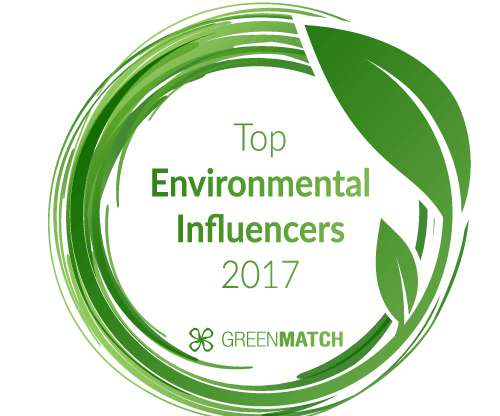Hydrogen Combustion is a Dead-End Technology for Heavy-Duty Trucks
Union of Concerned Scientists
DECEMBER 21, 2023
While industry tried to paint hydrogen combustion engines as a “bridge” technology to hydrogen fuel cells, their own presentations undermined that very point—instead, this path is a clear dead end. We need to make sure regulators like EPA and CARB restrict its usage before it gains a fossil-fueled foothold in the marketplace.













Let's personalize your content